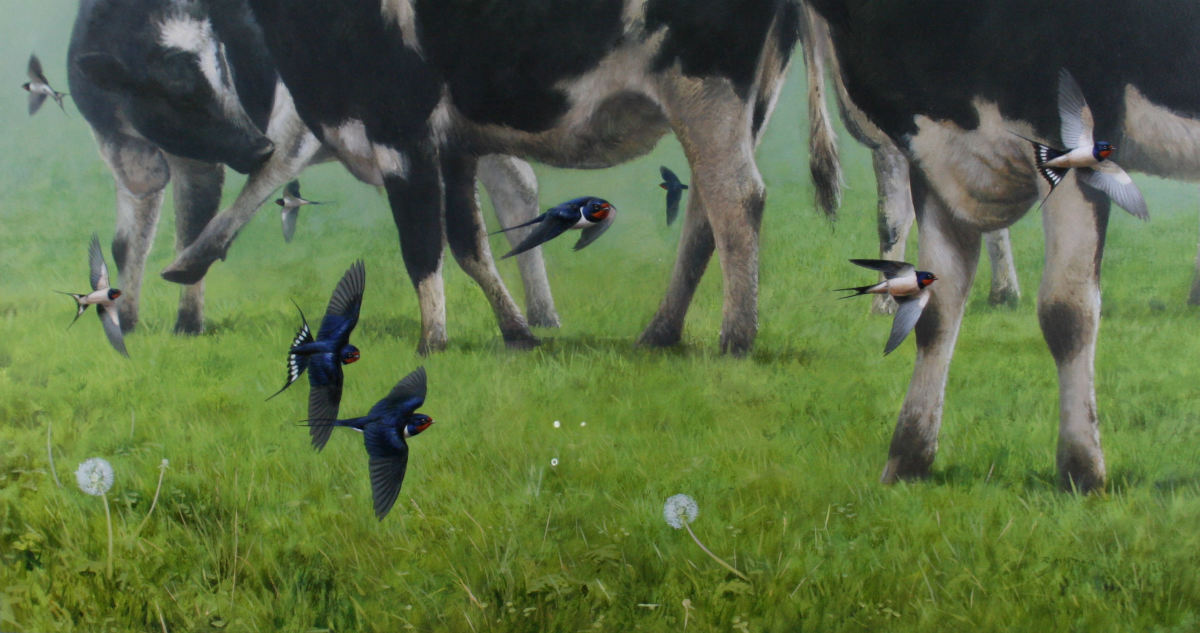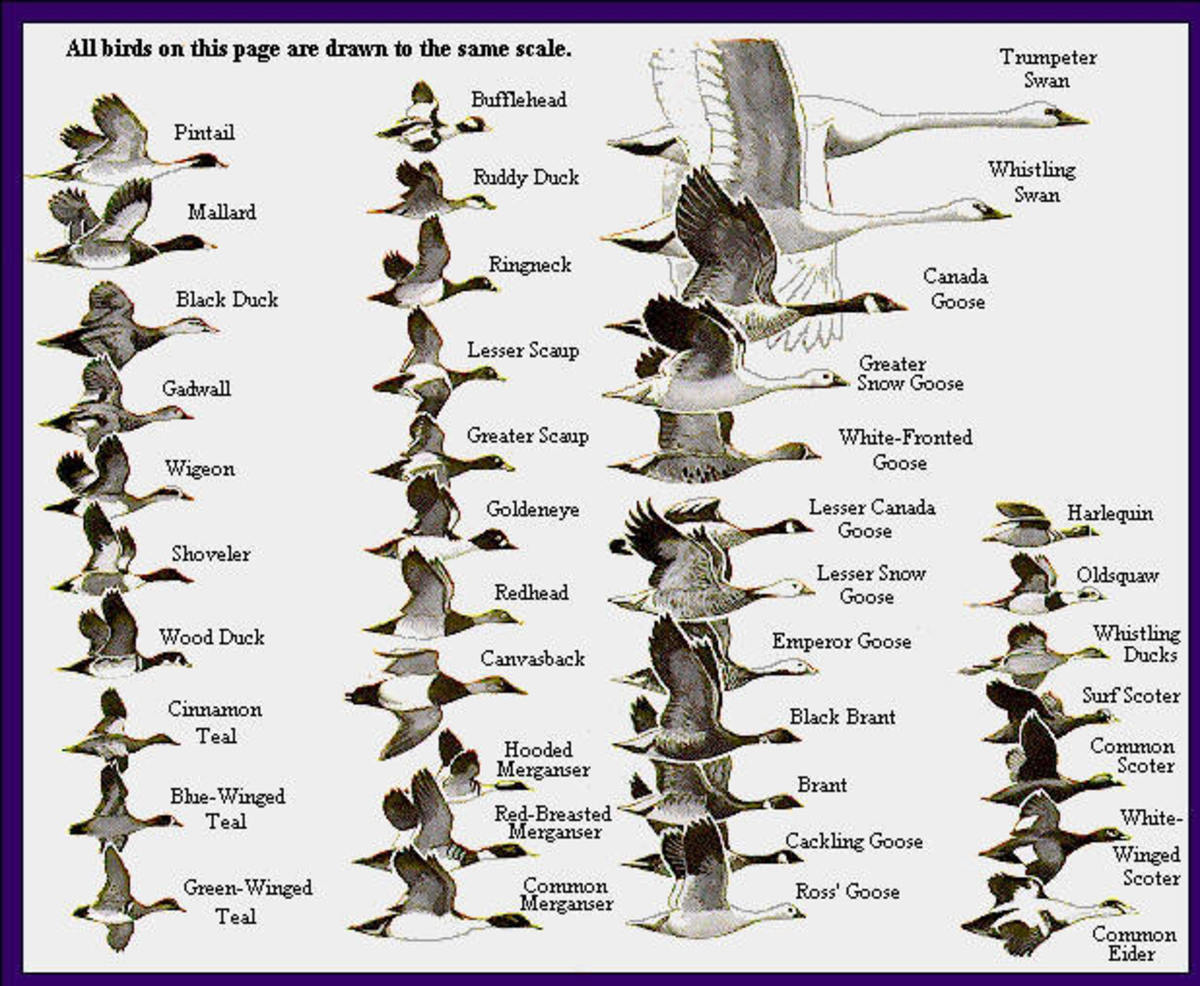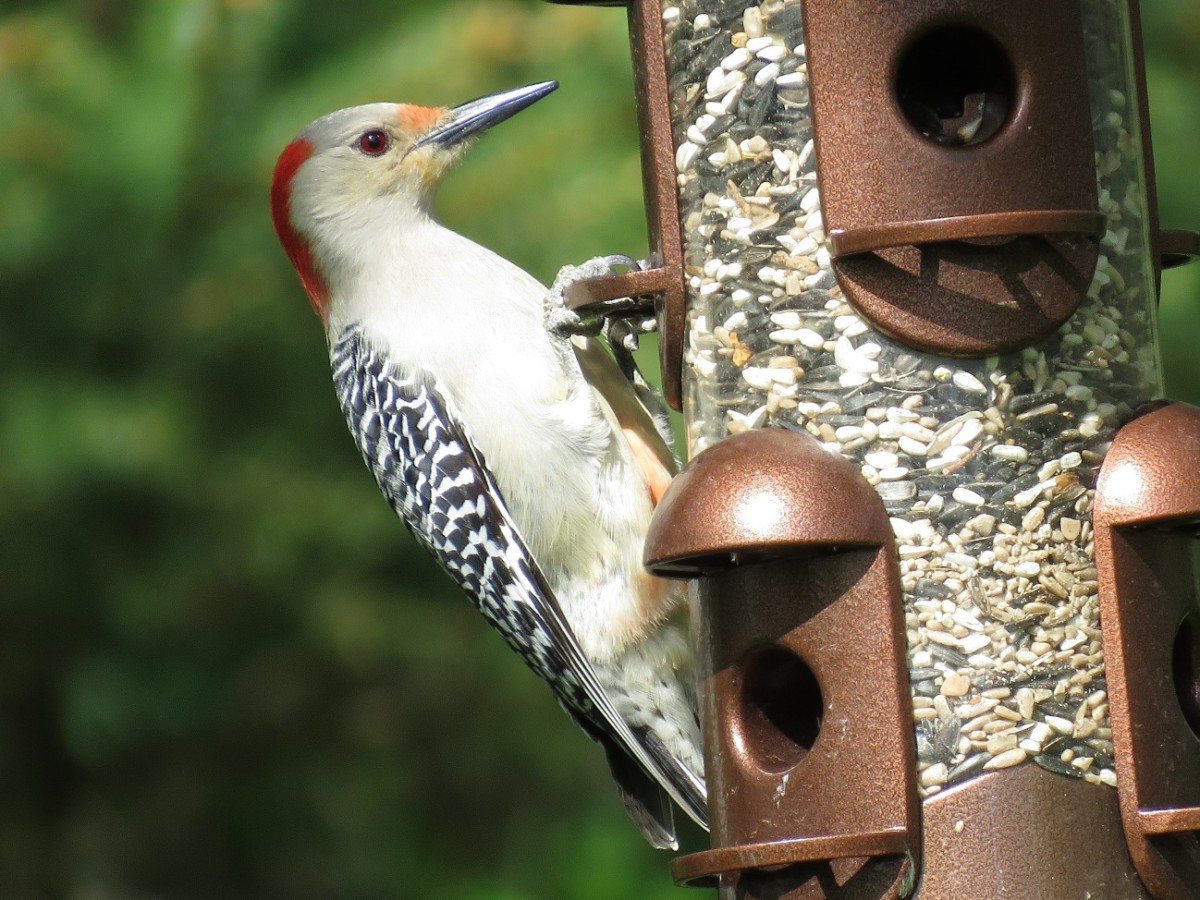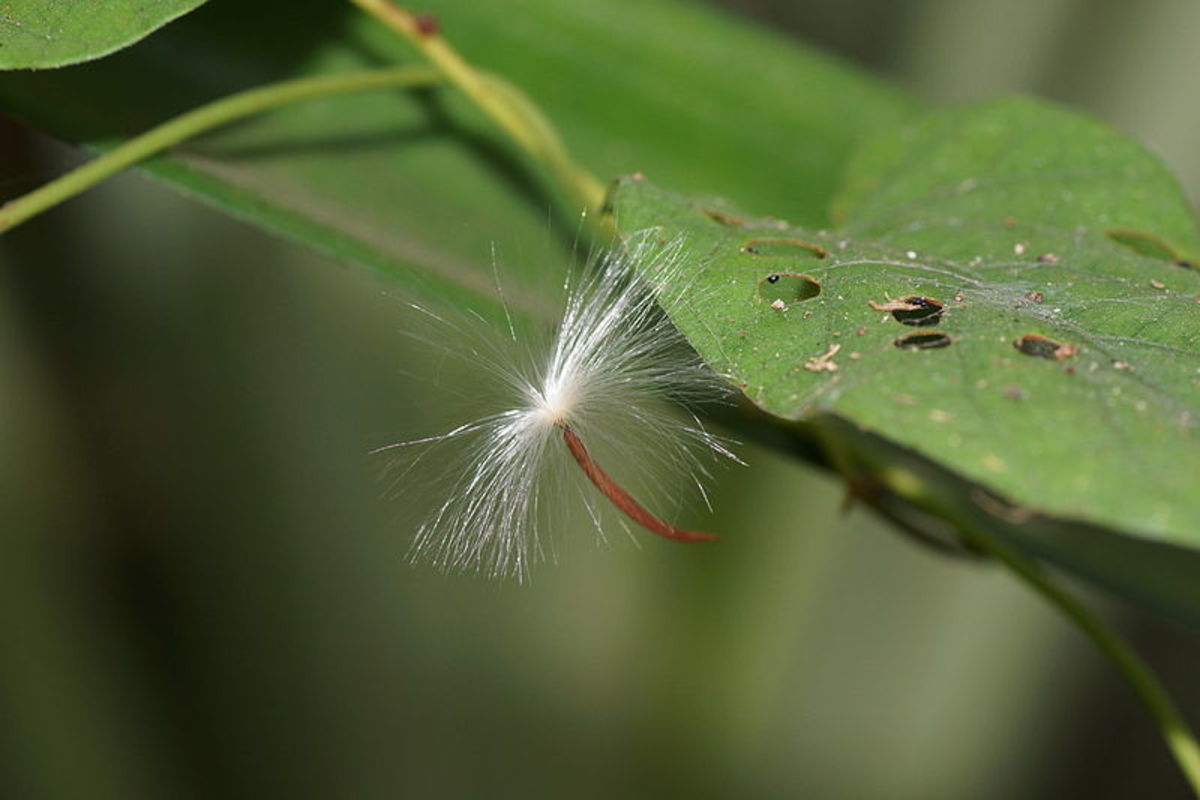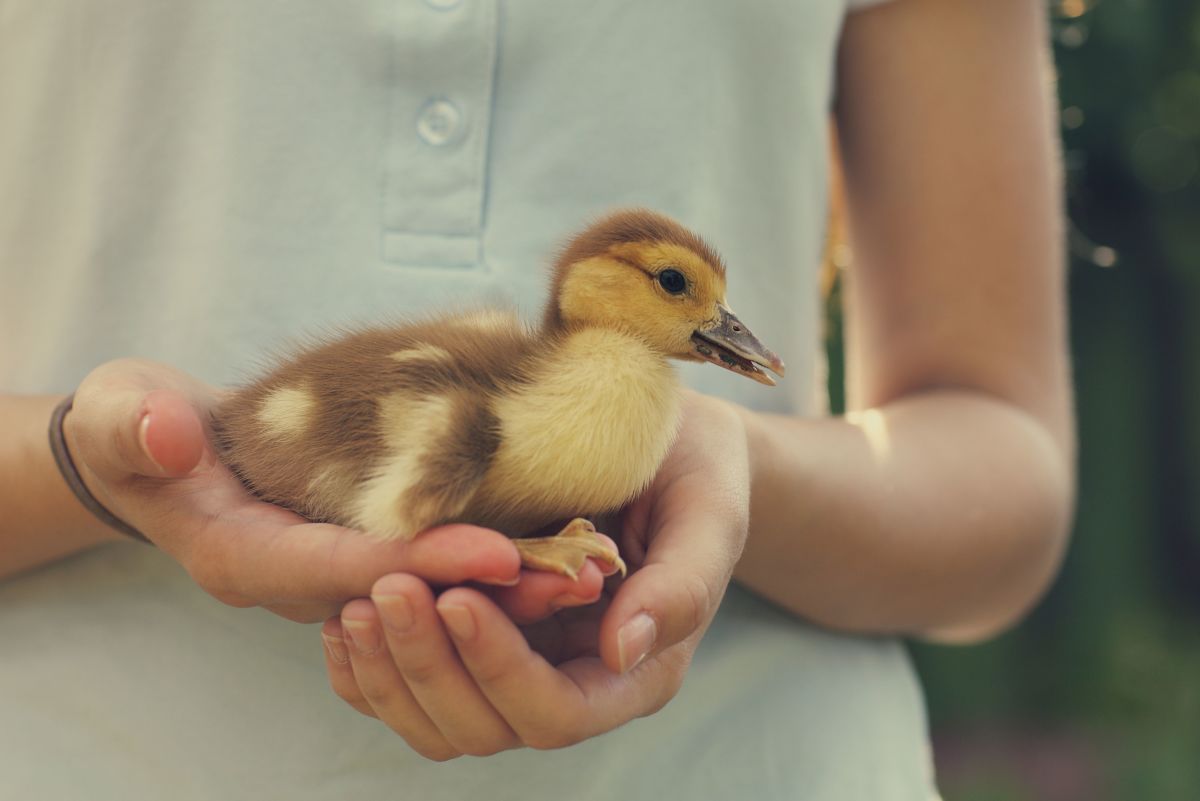Migration of Birds
Migration of Animls



Every year as winter sets in, the birds of some cold regions travel thousands of miles to migrate to warmer places of the world. They are called migratory birds. Their journey starts at a specific time every year, and they are so punctual that the possible dates of their arrival and departure can be foretold. These journeys to far-off lands take place in such a systematic way that it is almost as if the programmed were controlled by a computer.
Birds migrate because of the non-availability of food in extremely cold weather conditions. They also lay eggs and bring up their young ones in warmer regions. These birds live at tow different places during the two different seasons to ensure favorable weather conditions and availability of food. Birds, nevertheless, breed and build their nests at the places of their original home. Thus, their breeding takes place in the arctic or sub-tropical region in the northern hemisphere, while they spend the winter near the equator. Just the reverse takes place in the southern hemisphere. Though some birds migrate form the east to west and vice versa, the migration of birds is mostly form the north to south and vice versa. The most favorite places of their migration are North America, Europe and some regions in Asia.
Other animals also migrate, but the migration of birds is quite regular and systematic. The birds have to encounter great dangers and endure hardships during their journeys. Surprisingly hey still reach their destination without being strayed or any mishap. Moreover, they migrate with out any previous experience or training. It is believed that they have an instinctive knowledge of the routes and destinations. This instinct is hereditary.
During the journey of their migration, the birds fly at different heights, which may be usually form 900 meters to 9,000 meters.
The longest journey among the birds is performed by the arctic tern, which travels across the earth form the wintry arctic to the Antarctica. After having spent the summer in Antarctica, it flies back to the arctic. It travels some 36,000 km during its two-way journey.
Besides birds, mammals, insects, reptiles and amphibians etc. too migrate.
Migration records of some animals:
Caribou- It undertakes a journey of 1,100 km from arctic, northern America to the south.
Grey Whale- It travels a distance of 9,000 km every year.
Eel Fish- It travels 8,300 km form Sargasso Sea to Black sea. The journey takes several years to complete.
Painted Lady Butterfly- it travels 6,400 km from northern Africa to Iceland.
Alaska Seal- It undertakes a journey of 9,600 km.
Bat- It covers a distance of 2,300 km during migration.
Green Turtle- It travels 5,900 km from southern America to Africa.
Toad- it travels up to 3 km.
Shearwater Birds- It migrates, traveling 32,000 km.
A part from this, there is a long list of migratory birds that migrate to the warmer regions during winters.



